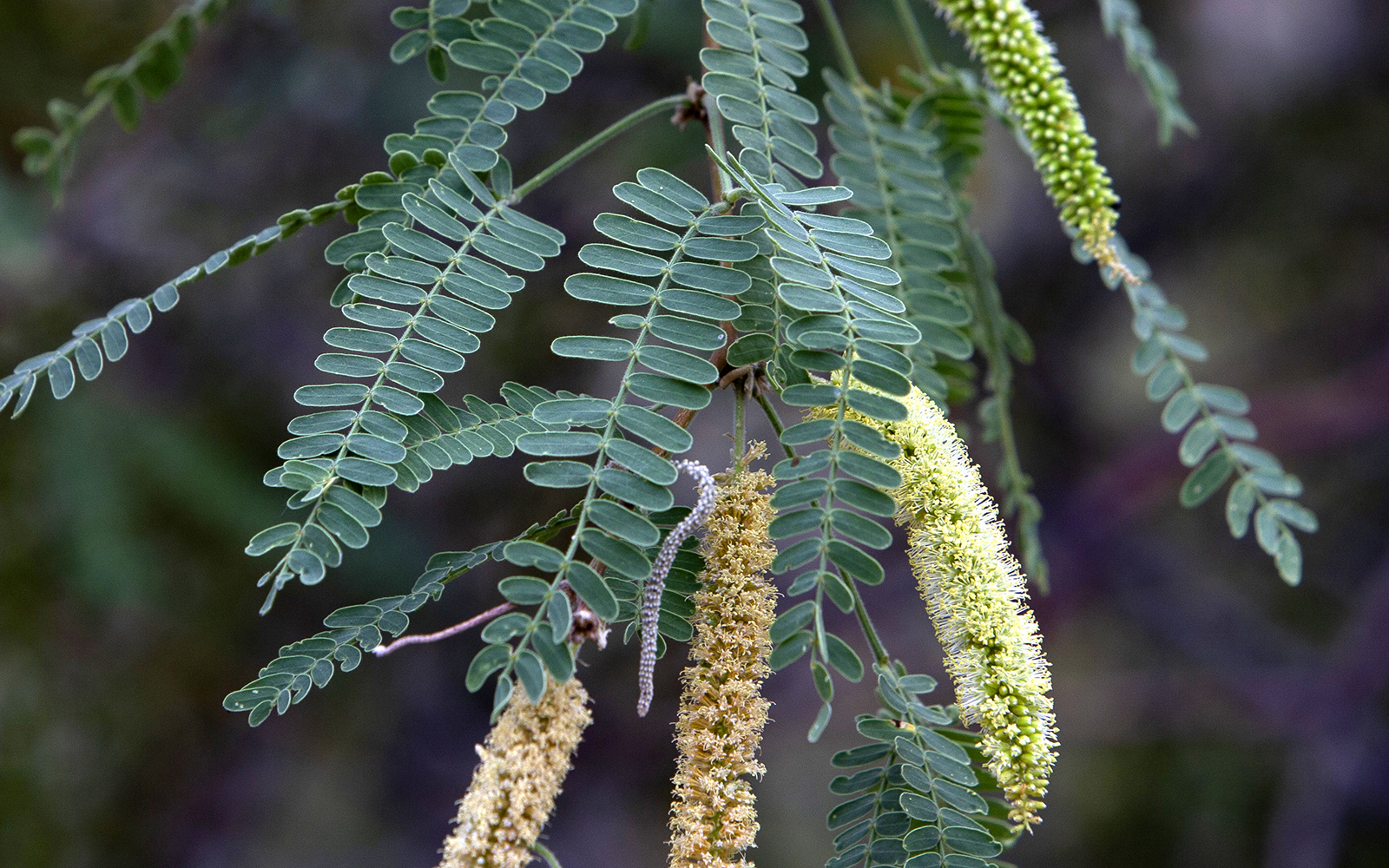velvet mesquite tree arizona
The velvet mesquite is. Velvet mesquite Prosopis velutina Woot is a common woody plant in the semiarid Sonoran desert of the southwestern United States US and northwestern Mexico.

Arizona Velvet Mesquite Red Hills Desert Garden
As with honey mesquites.

. The honey mesquite Prosopis glandulosa screwbean mesquite Prosopis pubescens and velvet mesquite. A handsome southwestern native Prosopis velutina Velvet Mesquite a deciduous multi-stemmed shrub or small tree with a spreading crown and crooked branches adorned with. A live root was discovered in a copper mine over 160 feet 50 m below the surface.
The paired spines positioned at the base of leaves may serve to protect the. Prosopis velutina Velvet mesquite Mature size of velvet mesquite is 30 50 feet 9 15 meters height and spread Fig. Prosopis is a genus of spiny trees and shrubs found in warm regions primarily of the New World.
Screwbean mesquite is referred to as Prosopis pubescens in most nurseries in Arizona. The mesquites root system is the deepest documented. Like all known trees.
The velvet mesquite is a prolific tree in Arizona where some people claim its why the state has such delicious honey from bees pollinating it. Though considered to be a. Velvet Mesquites grow taller in areas with more water and along washes and rivers they can form dense shady riparian woodlands known as mesquite bosques.
This spiny small tree has odd screwlike pods and long slender. 7 when grown with adequate water and in deep soils. The ARIZONA or VELVET MESQUITE also known as Prosopis velutina is an Deciduous in the Desert class and part of our Trees department.
The velvet mesquite is one of the most important sources of nectar for honey bees in Arizona so its a good choice for your yard if this is a priority for you. You can not tell the story of the Sonoran Desert without mentioning the Velvet Mesquite. Velvet mesquite gets its name from the velvety feel of the leaves on the.
It has distinctive rough dark brown bark. Prosopis velutina commonly known as velvet mesquite is a small to medium-sized tree. Velutina is considered a large shrub or small tree that grows to a height of 30 or more depending on irrigation.
It is a legume adapted to a dry desert climate. At Tumacacori Mesquite Sawmill we specialize in one particular species known as velvet mesquite. The small to large tree or shrub that can approach 30 to.
There are three common species of mesquite. It has had an integral role in the evolution of all species that li. The velvet mesquite tree is a small to medium-sized deciduous tree with fern-like gray-green leaves pendulous spikes of pale yellowish-green flowers and dark reddish-brown.
Both species are found at lower elevations than velvet mesquite but are suitable for planting below 4000 feet elevation and would be an excellent choice for drought tolerant landscaping in. Velvet mesquite care is also low maintenance with plants tolerant of a range of conditions and unfazed by most insects and disease.

Mesquite Tree Prosopis Pubescens Prosopis Velutina Prosopis Glandulosa Desertusa
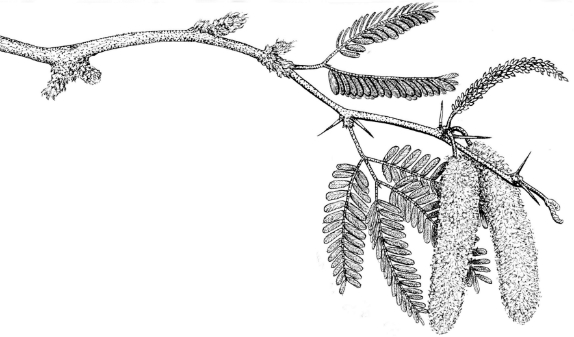
The Velvet Mesquite Tohono Chul
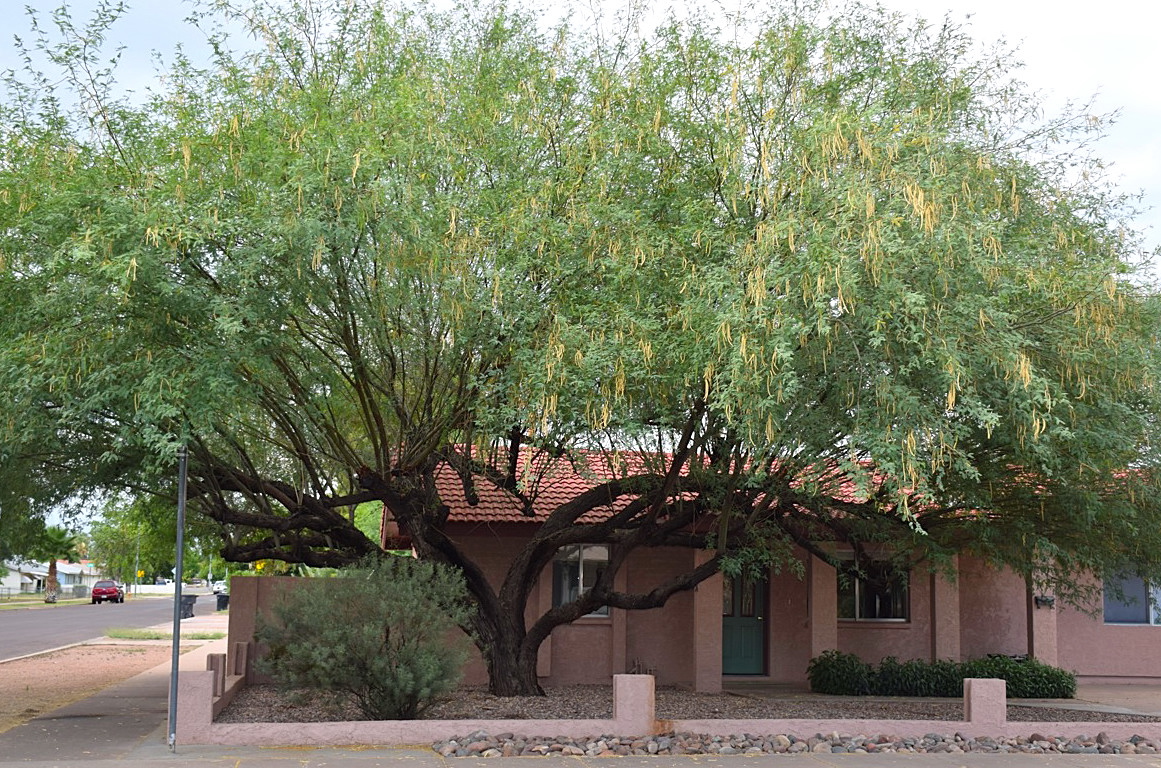
Prosopis Mesquite Plant Of The Month Water Use It Wisely
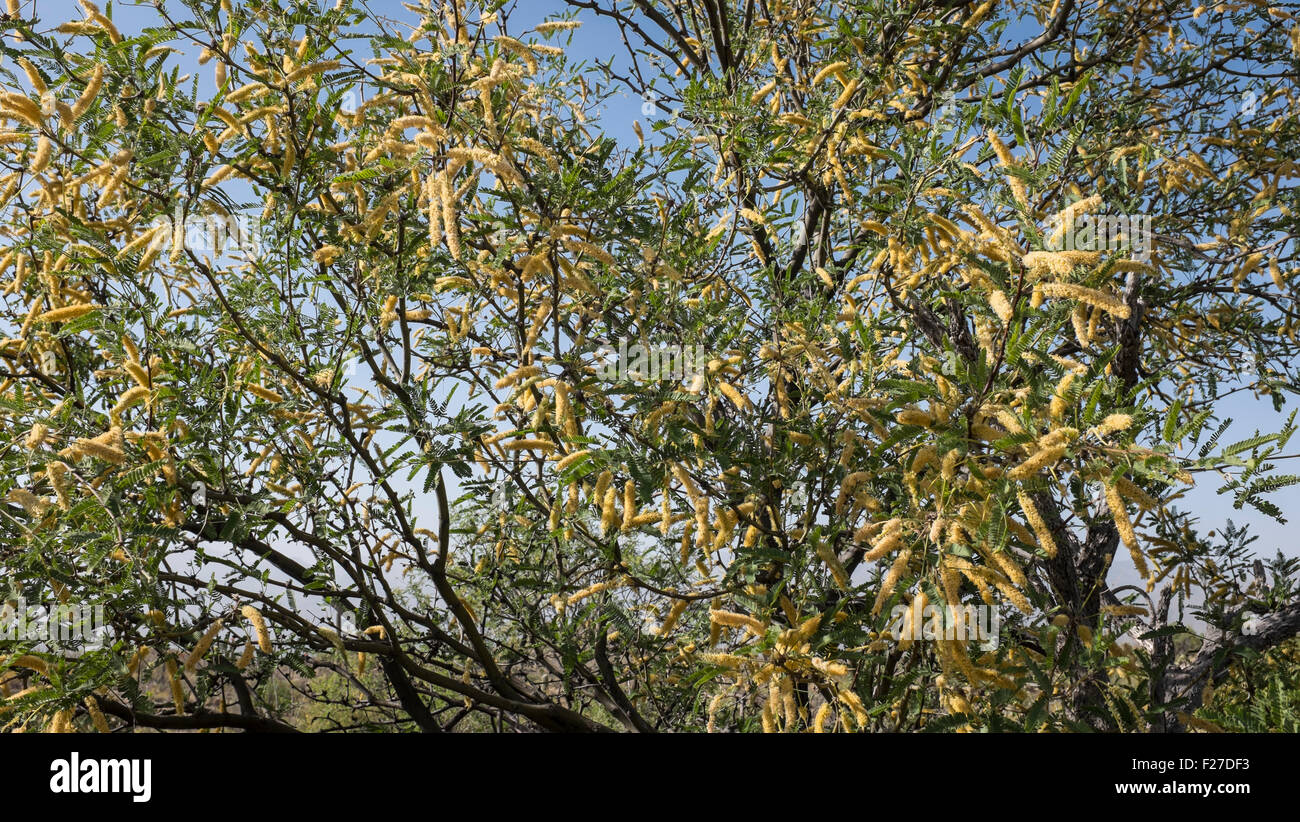
Velvet Mesquite Prosopis Velutina Flowers Arizona Stock Photo Alamy

Prosopis Velutina Velvet Mesquite Southeastern Arizona Wildflowers And Plants

Ask Clay Mesquite Trees Do What They Do To Survive In The Desert
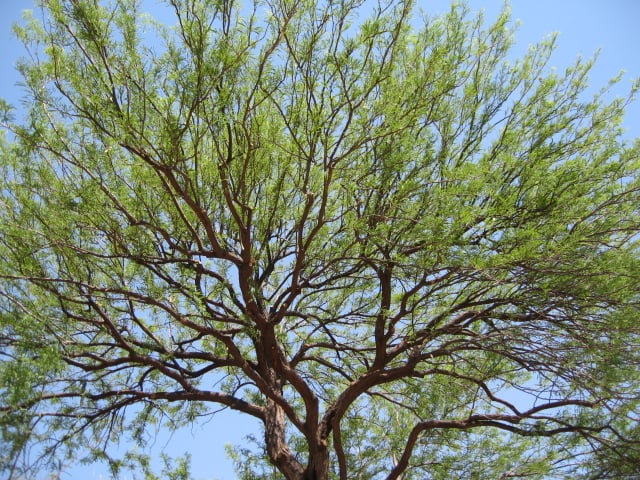
Gv Gardeners Mesquite Trees Come In Several Varieties Gardening Columnist Mary Kidnocker Gvnews Com

5 Seeds Arizona Velvet Mesquite Prosopis Velutina Algarroba Hardwood Tree Woot Ebay

Seed Of The Week Velvet And Chilean Mesquite Growing With Science Blog
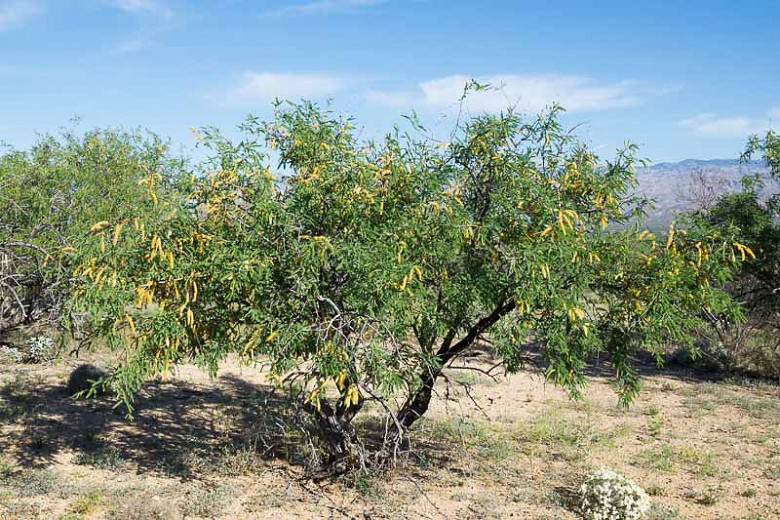
Prosopis Velutina Velvet Mesquite
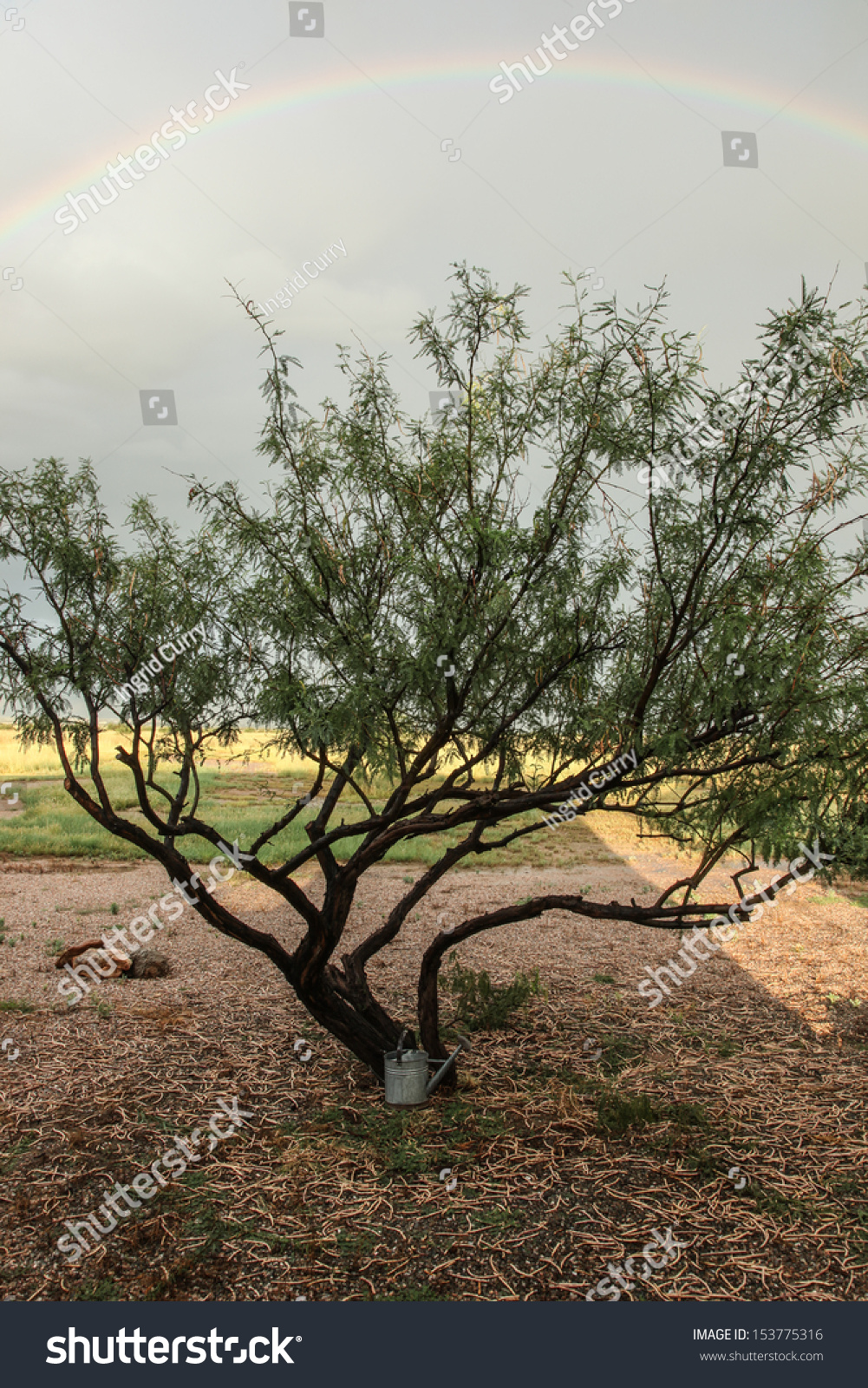
Velvet Mesquite Prosopis Velutina Summer State Stock Photo 153775316 Shutterstock
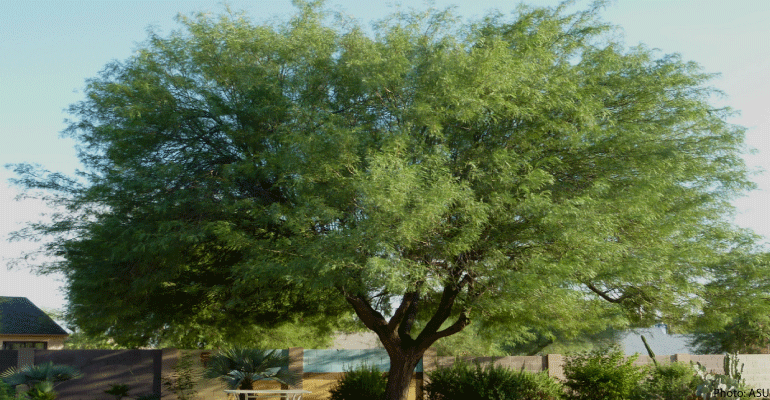
Mesquite Trees Provide Food Fuel Medicine And More Arizona Daily Independent
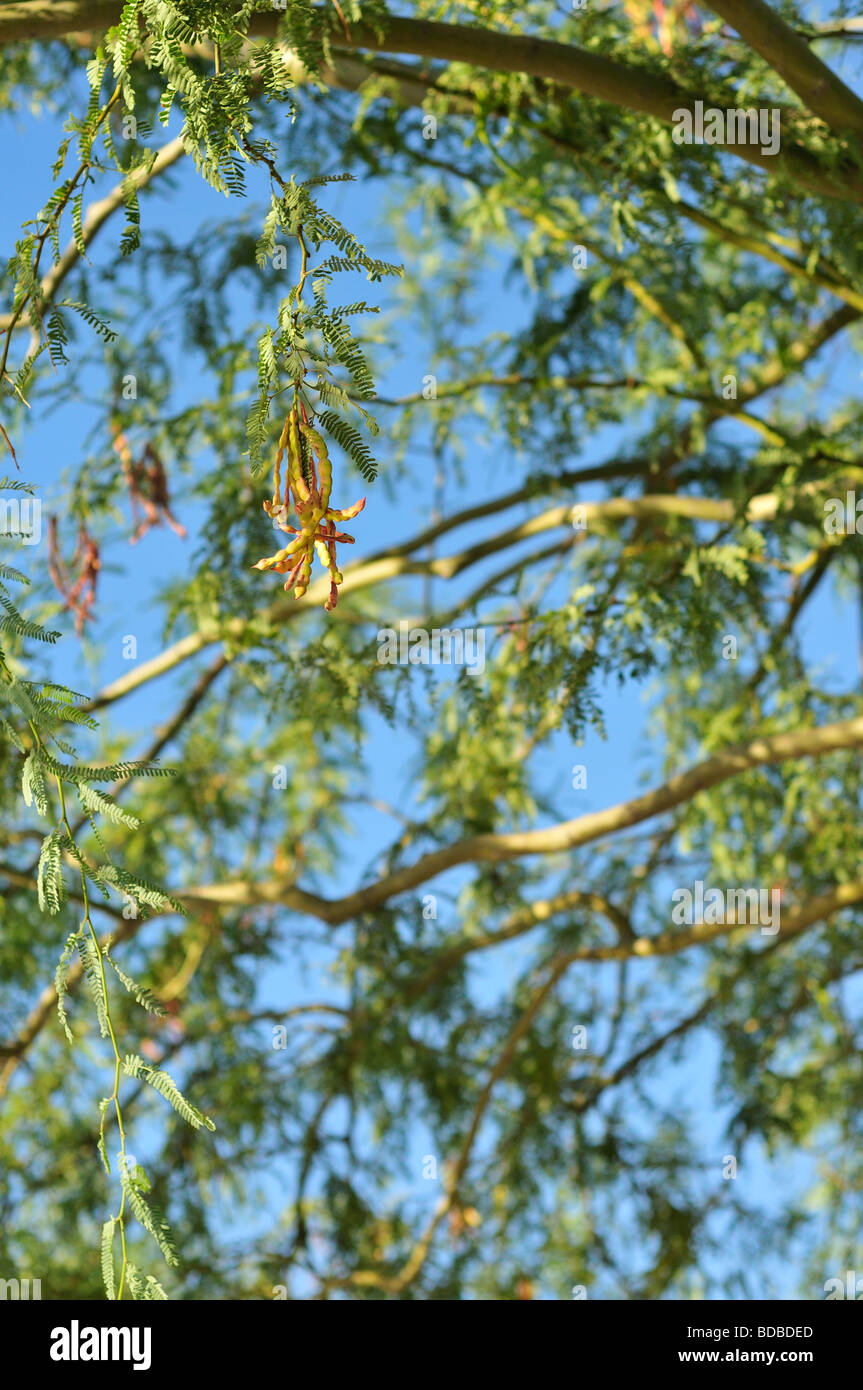
Velvet Mesquite Hi Res Stock Photography And Images Alamy
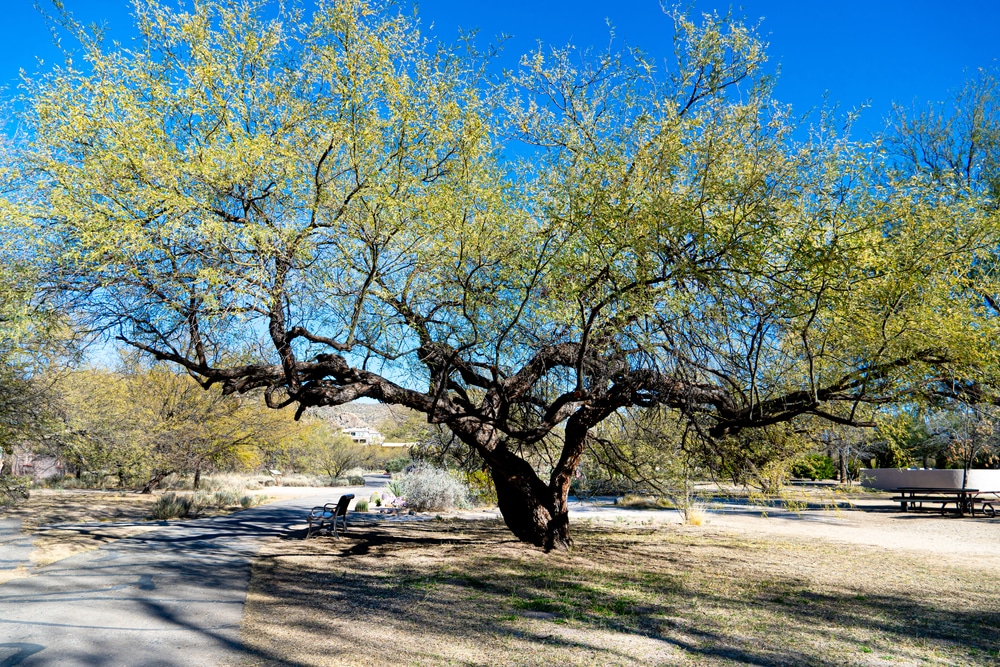
Mesquite Trees Arizona Which Varieties To Grow Gfl Outdoors
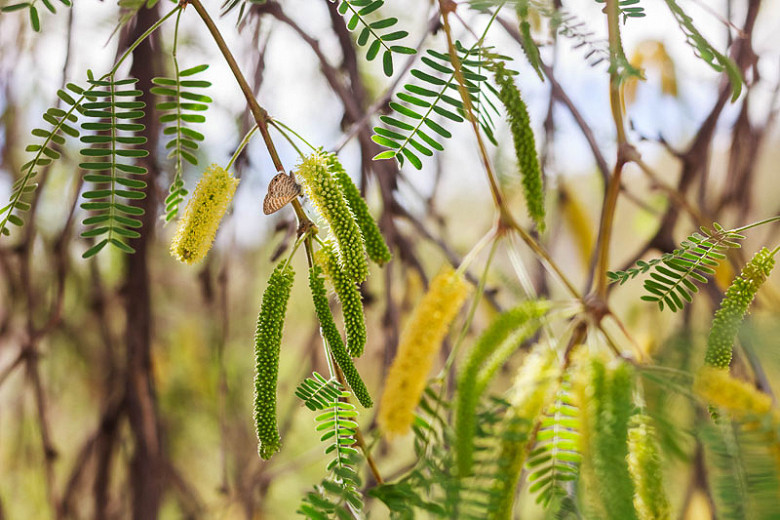
Prosopis Velutina Velvet Mesquite
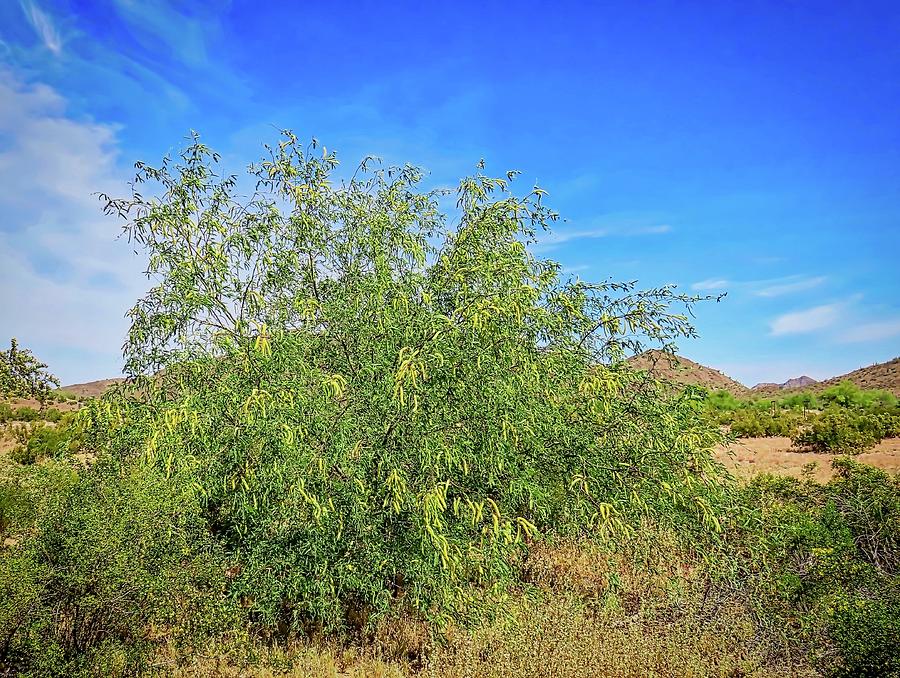
Arizona Velvet Mesquite In Bloom Photograph By Judy Kennedy Pixels
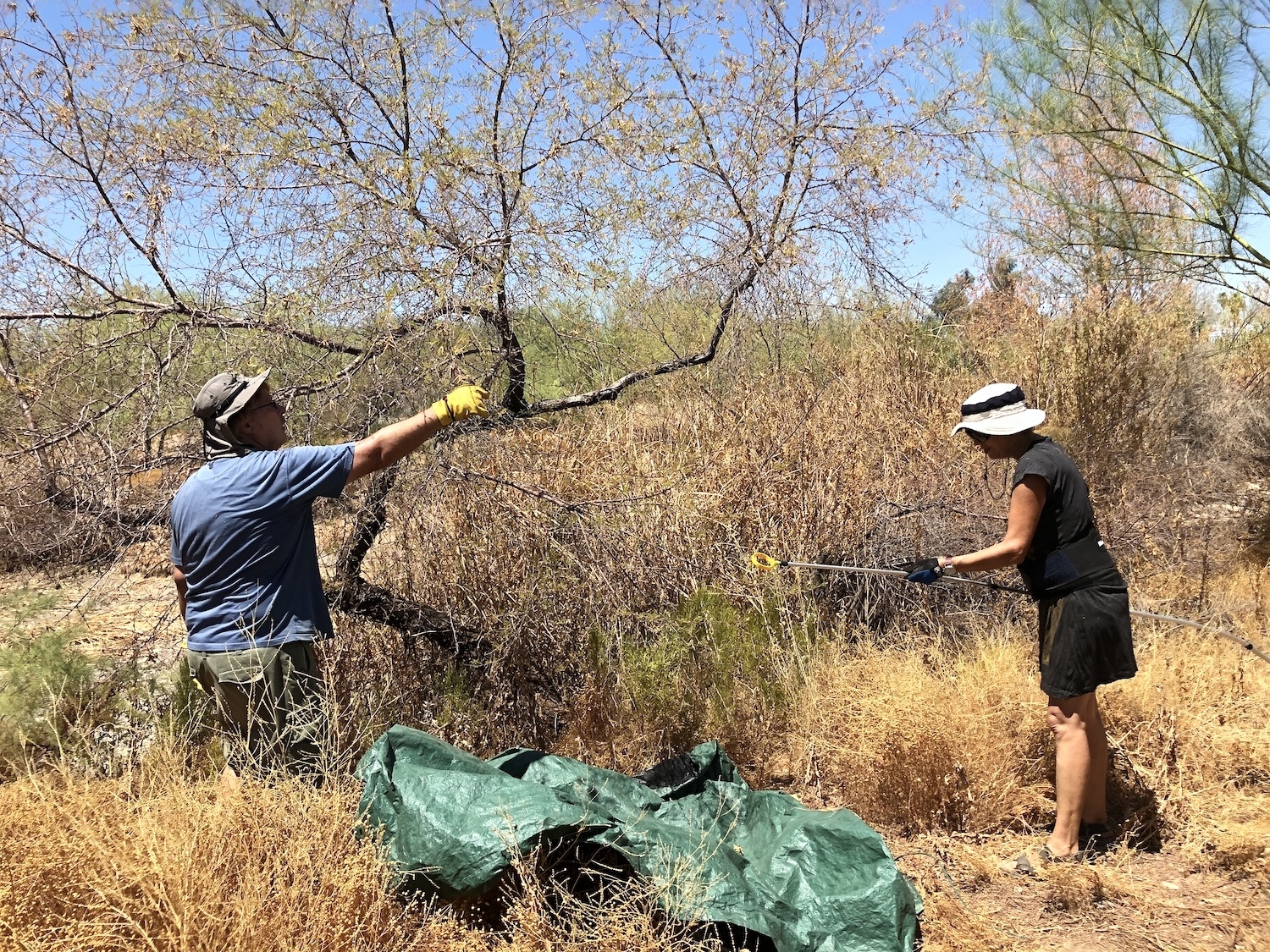
Mesquite Has Been Crucial To Indigenous Diets For Centuries Why Don T We Grow More Of It The Counter
